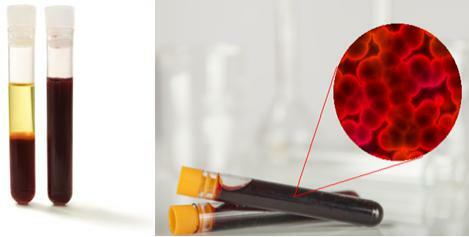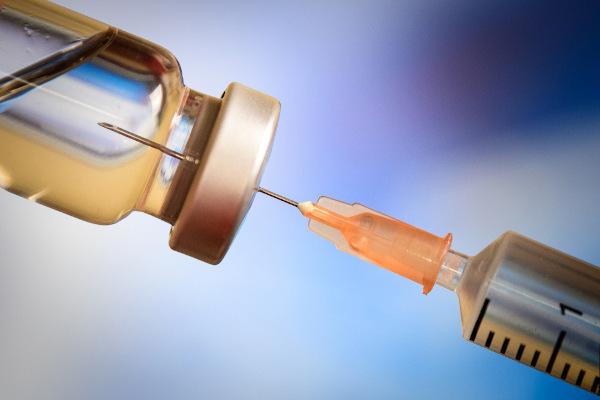The solutions studied in Chemistry are homogeneous mixtures (which have a single phase) of two or more substances, where the substance that dissolves is called solute and the one that dissolves the other is thesolvent. For example, if we mix a small amount of salt in water, the solution will be the salt (sodium chloride – NaCl) and the water will be the solvent.
The particles of solute dissolved in the solutions have a diameter less than or equal to 1 nm, and they do not sediment over time. time and we cannot separate its components by physical methods, such as filtration and centrifugation, only by chemical methods, such as distillation. Furthermore, the solution will only be true if even looking under an ultramicroscope it remains homogeneous throughout its entirety.
For example, when we look at blood with the naked eye, it appears to be a solution because it appears to have a single phase. However, if we look under a microscope, we will see that it has several components, and its four primary components are: red blood cells, white blood cells, platelets and plasma. If we put it in a centrifuge, these components will be separated, as can be seen in the image below:

Centrifuged blood and its image under the microscope
They exist ionic and molecular solutions. Ionics are those that have ions (electrically charged chemical species) dissolved, which can be obtained in two ways. one is the ionic dissociation, which is when the substance is already formed by ions and they are separated when they come into contact with the solvent, which in most sometimes it is water, that is, it only occurs with ionic compounds, as is the case with table salt, which in an aqueous medium forms the ions At+ and Cl-. The other way is by ionization, where the ions did not previously exist, but the dissolved substances are molecular and react with water, forming the ions, as is the case of the hydrogen chloride, which in an aqueous medium forms the hydrochloric acid with the ions H+ and Cl-.
Molecular solutions, on the other hand, are those in which the dissolved molecular substances do not react with water, only if dissolve, separating their molecules that are grouped, until they are separated in solution, as occurs with sugar in Water.
Ionic solutions conduct electrical current, while molecular solutions do not conduct electricity.
Most of the time we think about liquid solutions, which are the most used in chemistry laboratories. However, there are solid solutions, such as metal alloys, an example being steel, shown below, which is made up of about 98.5% iron, 0.5 to 1.7% carbon and traces of silicon, sulfur and phosphorus. There are also gaseous solutionssuch as air, which is formed in its greatest percentage by nitrogen gas (N2(g)- about 79%) and oxygen gas (O2(g)- about 20%)
Do not stop now... There's more after the advertising ;)

Examples of solid and gaseous solutions - steel and air
Another way to classify the solutions is regarding the saturation, that depends on the solubility coefficient, that is, the maximum amount of solute that can be dissolved in a given amount of solvent at a given temperature. In this regard, we have three types of solutions:
*Unsaturated solution: When the amount of solute dissolved in water is less than the maximum amount possible at a specific temperature;
*Saturated solution: When it contains the maximum possible amount of solute dissolved at a specific temperature. We know it has reached this point when we add more solute and it doesn't dissolve no matter how much more we mix it, the excess amount ends up at the bottom of the container and is called precipitate, floor bodyorbackground body;
* Supersaturated solution: When the amount of dissolved solute is greater than the solubility coefficient at a specific temperature. For example, let's say we have a saturated solution with an amount of floor body at room temperature and the we heat, mixing and solubilizing the precipitate, since at a higher temperature the solubility coefficient increases. Then let this solution rest until it returns to the initial temperature. If it remains at complete rest, the amount of excess solute will remain dissolved and therefore we will have a supersaturated solution, that is, a solution with an amount of dissolved solute greater than the maximum possible in that temperature. But this type of solution is very unstable, and it only takes a disturbance, such as stirring it, for the excess amount to become precipitated and the solution to become saturated.
This relationship between solute and solvent is called concentration and can be expressed in several ways. This is better explained in the text “What is Concentration of Chemical Solutions?”.
By Jennifer Fogaça
Graduated in Chemistry


